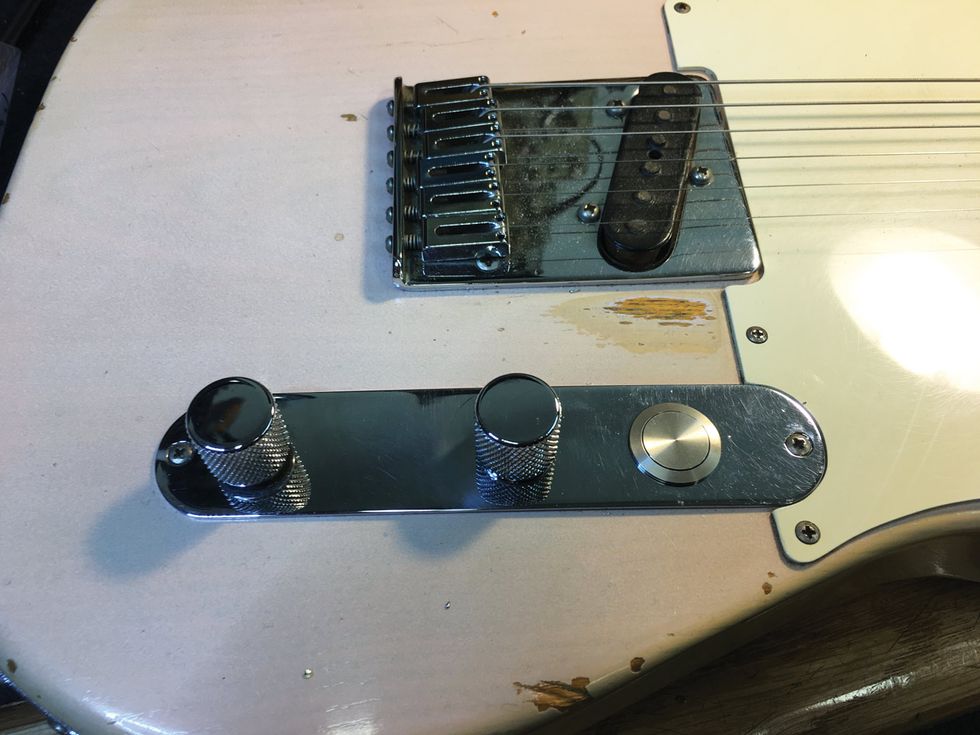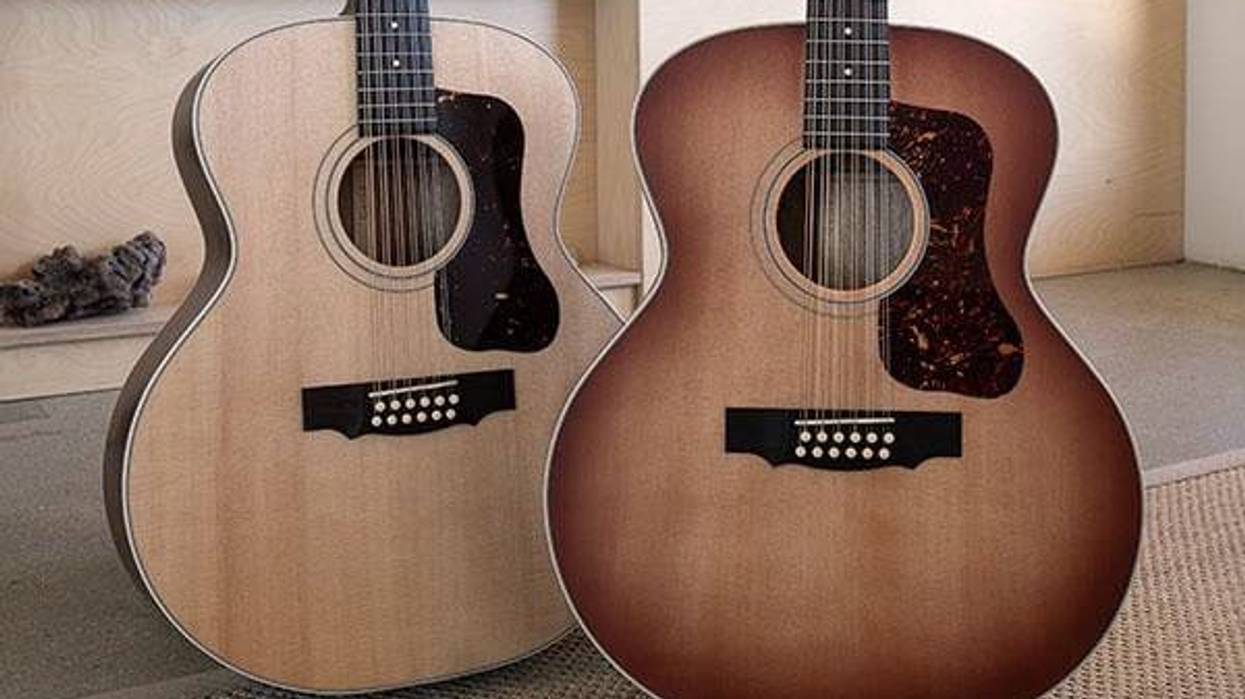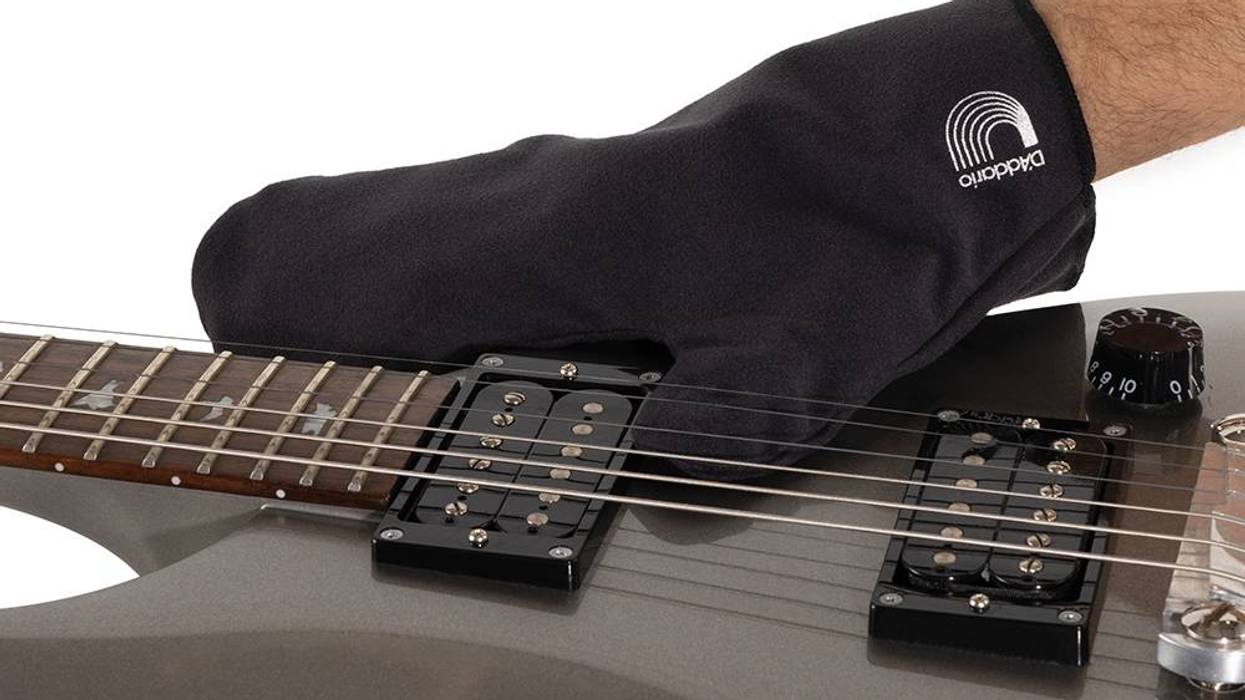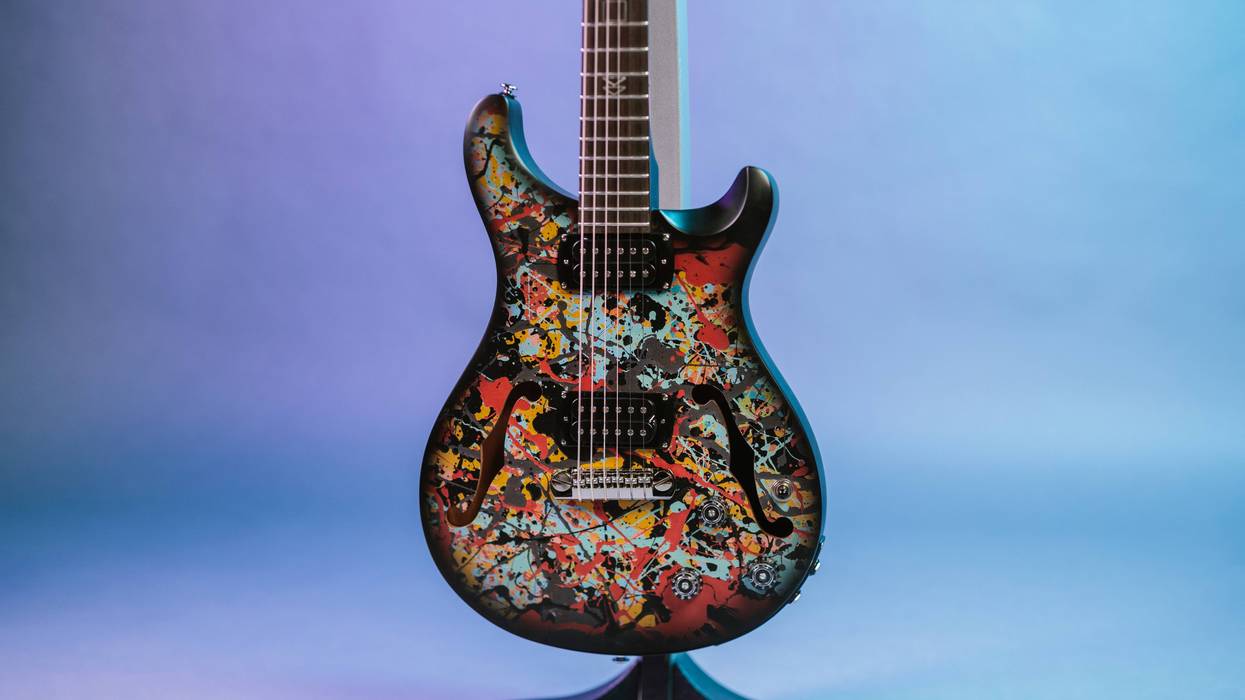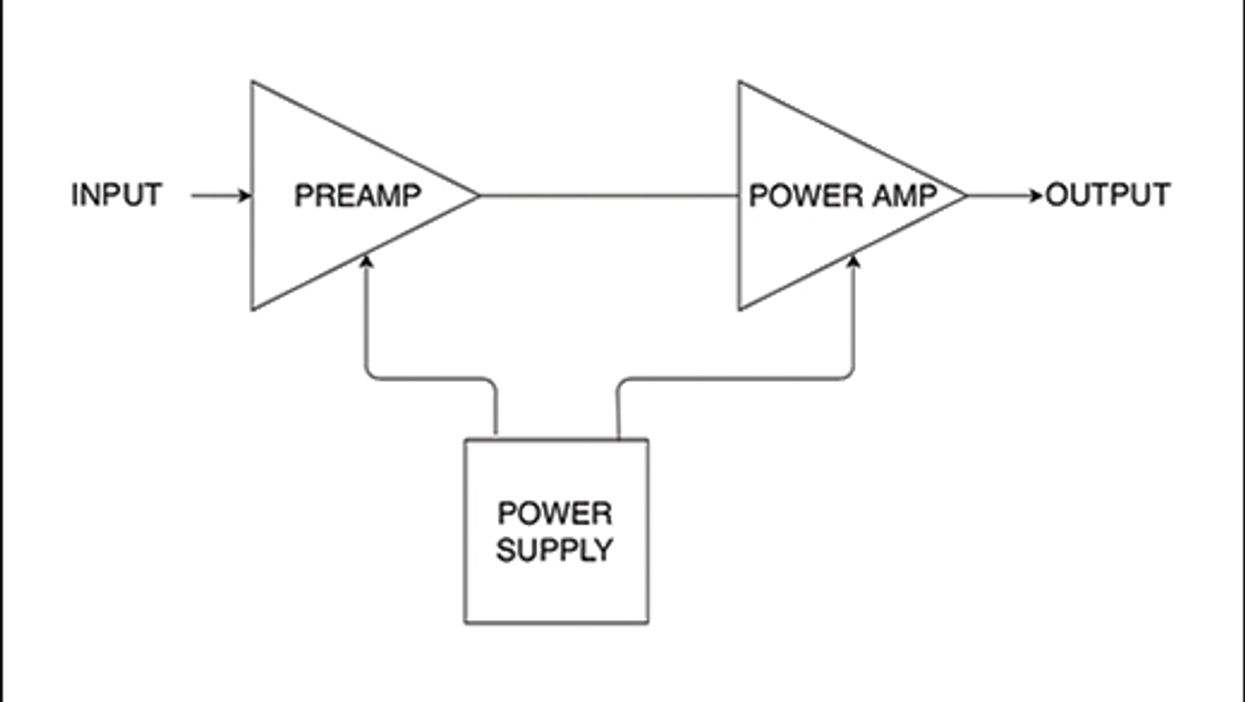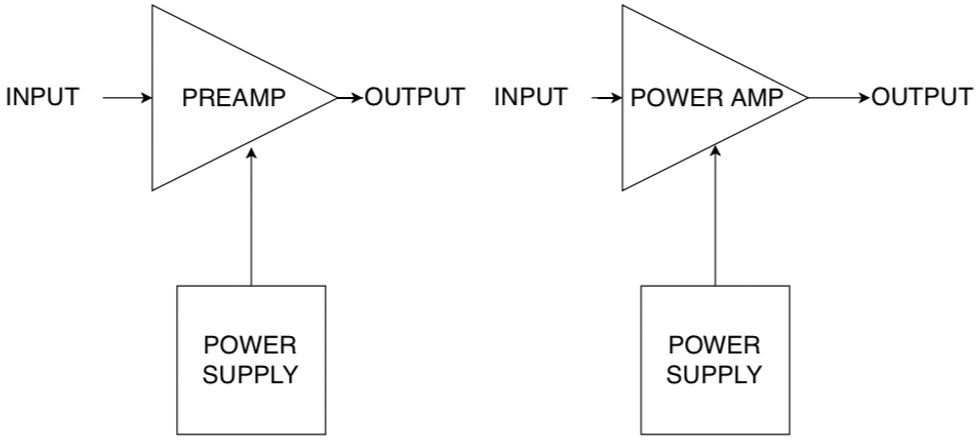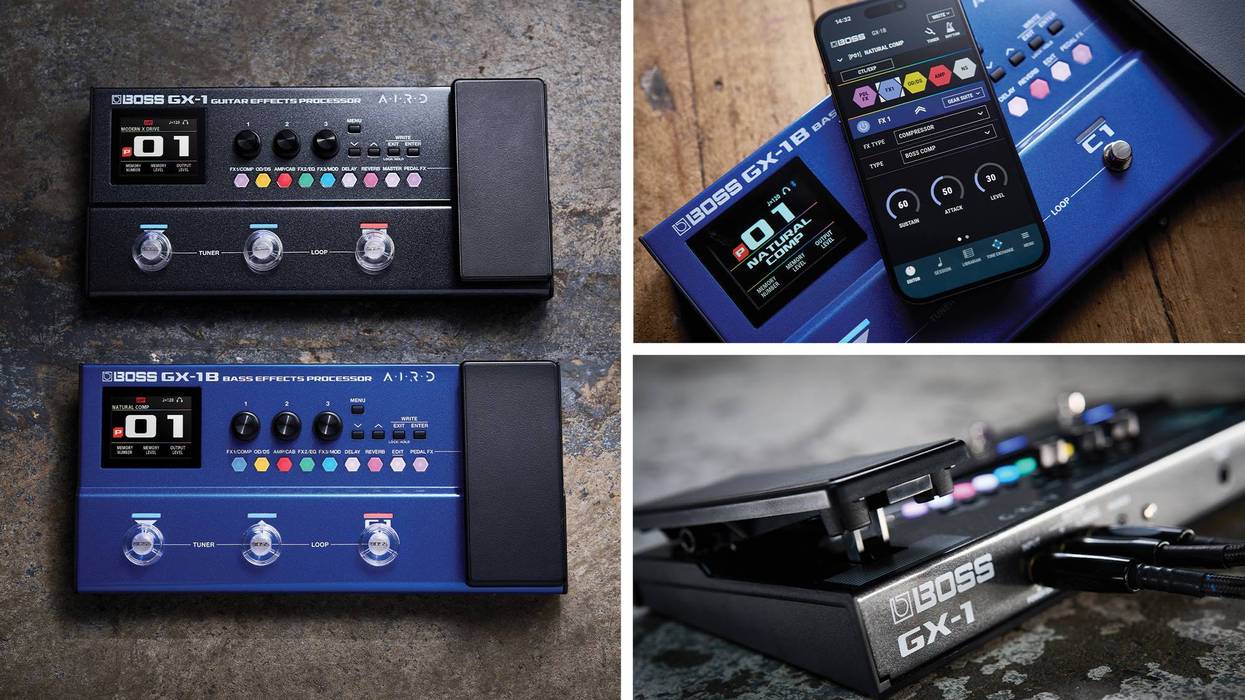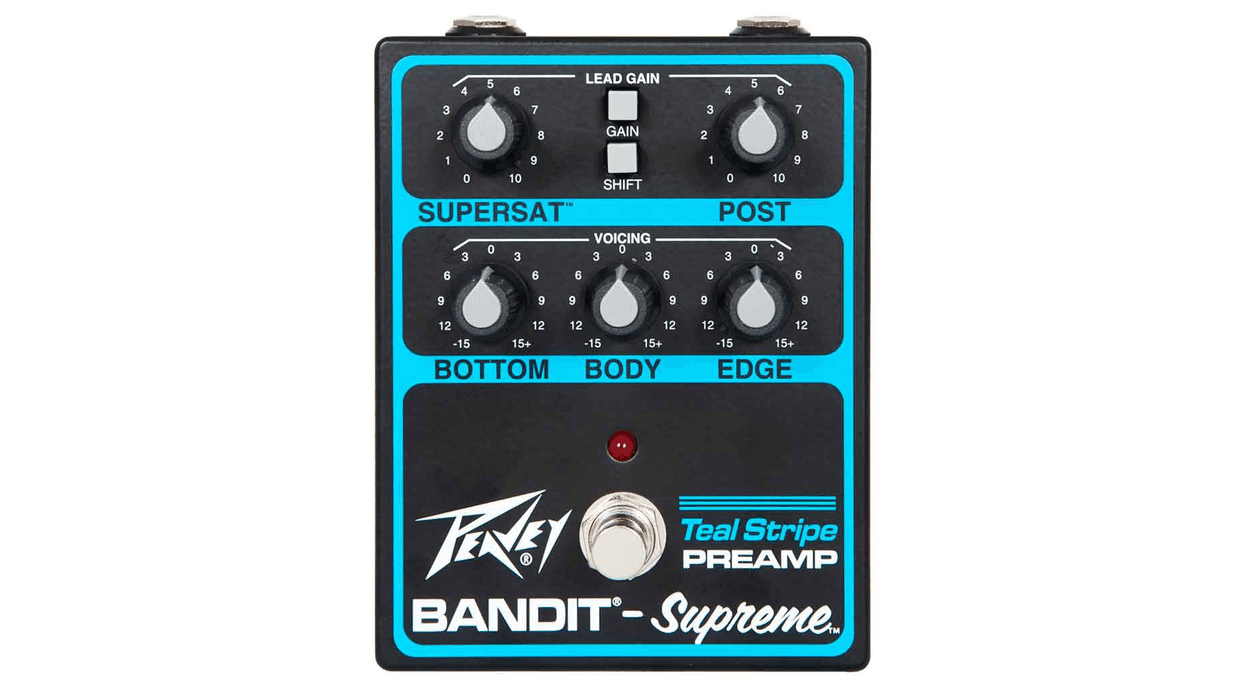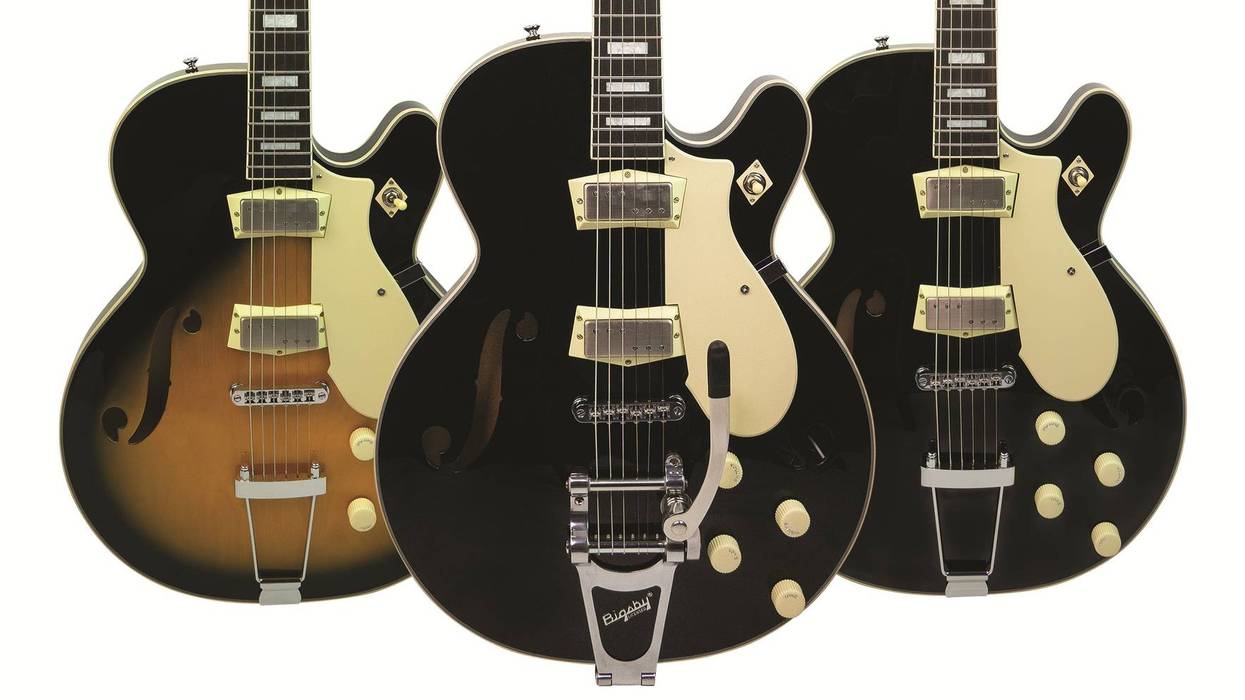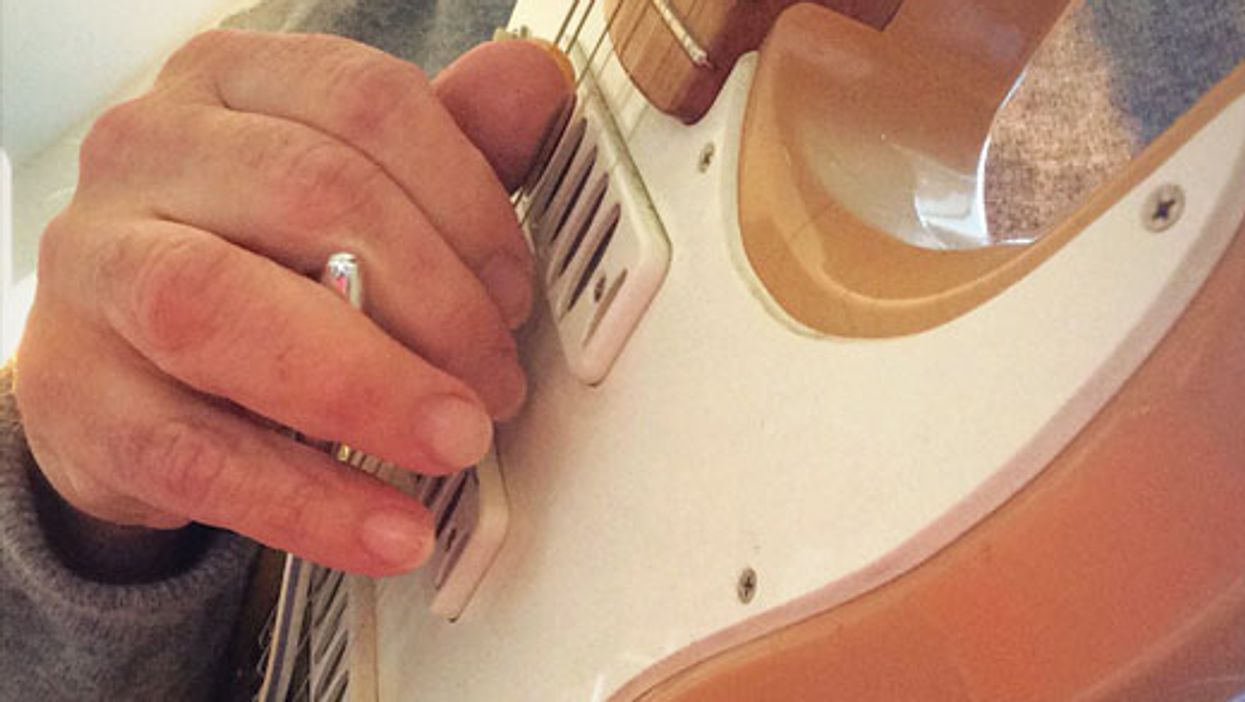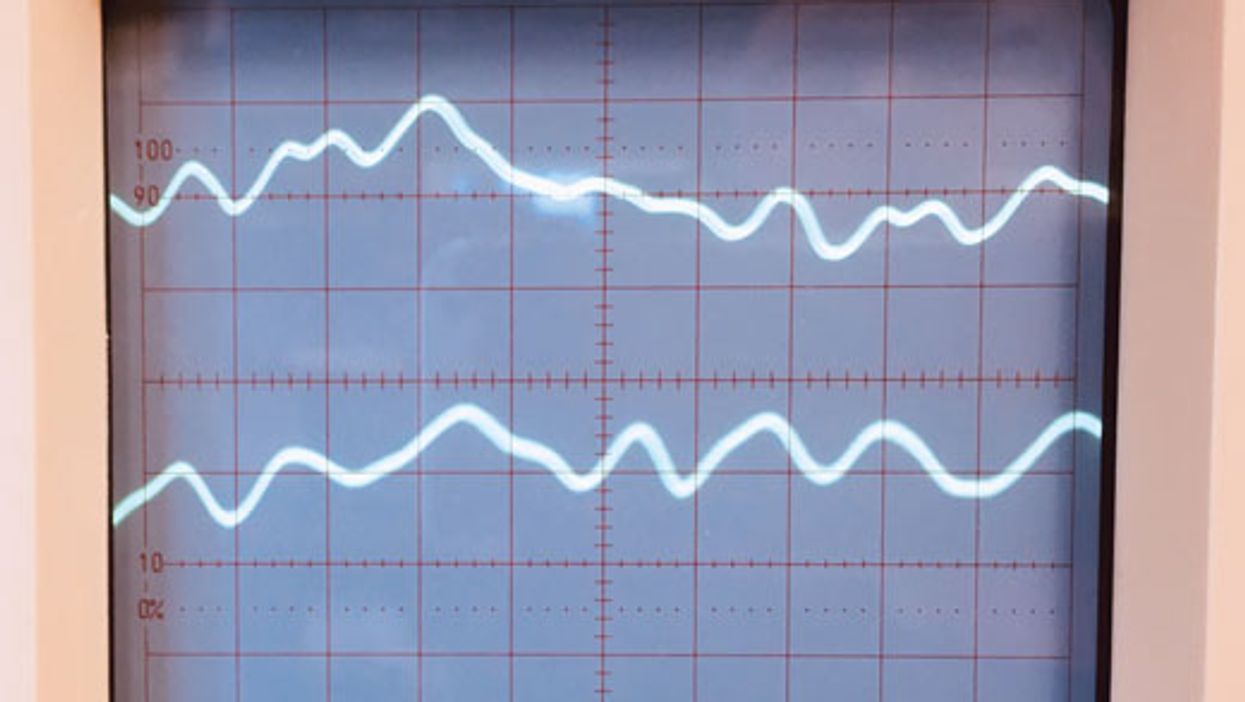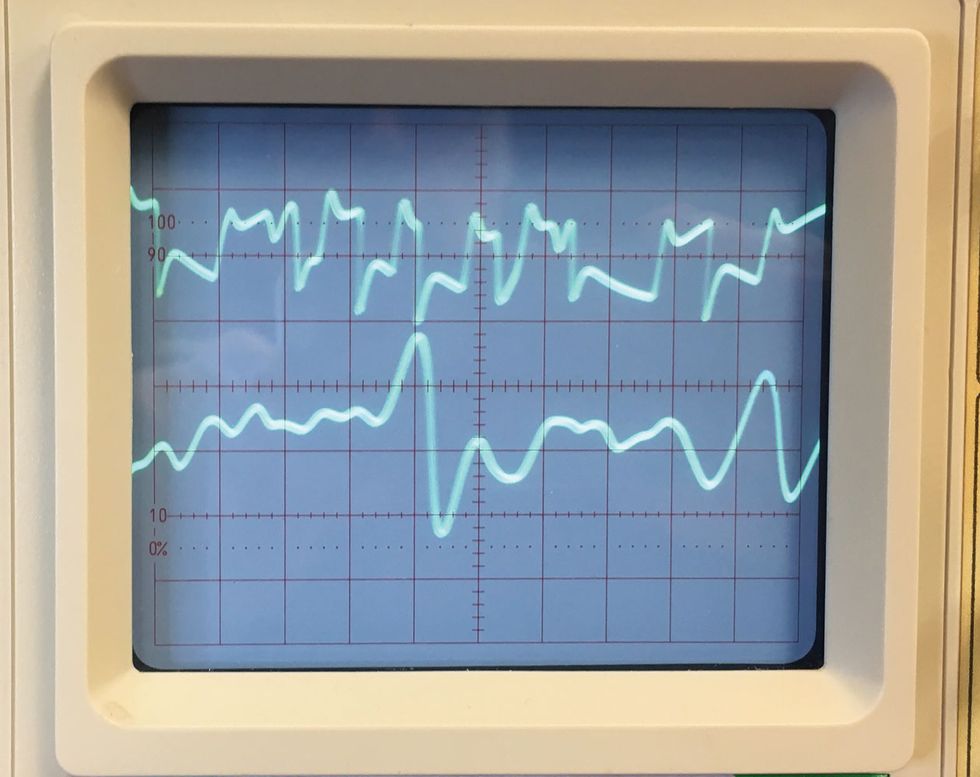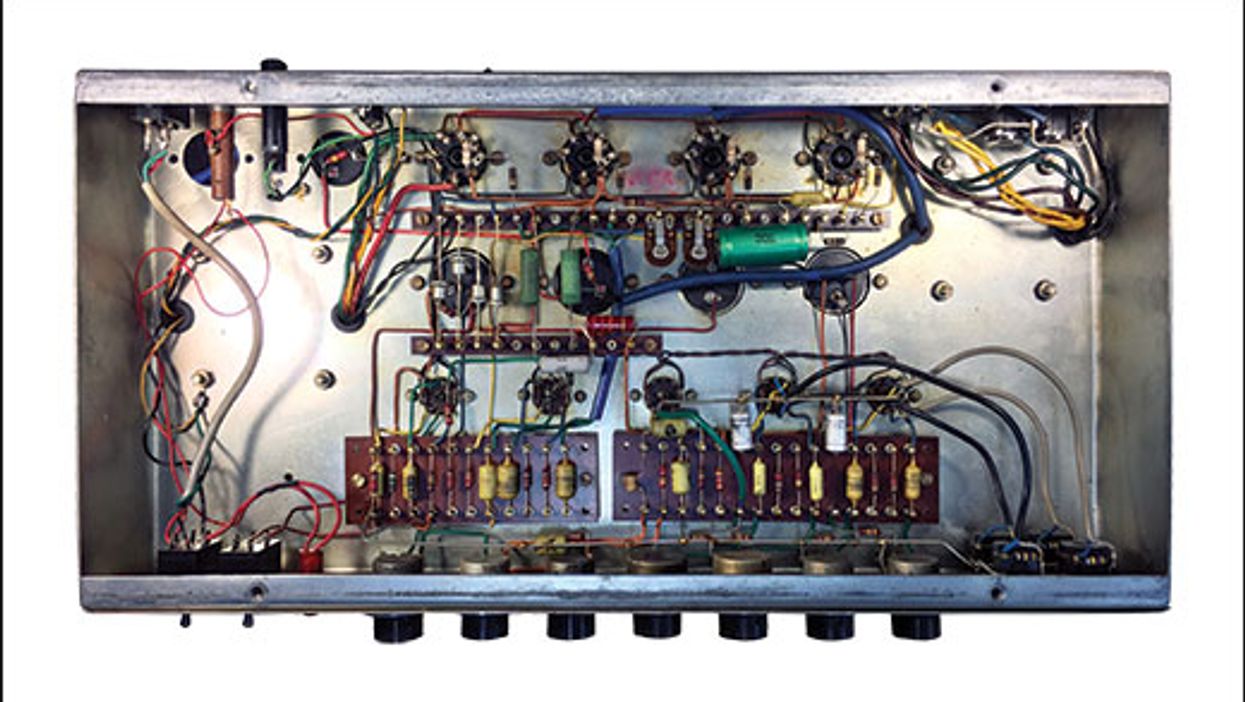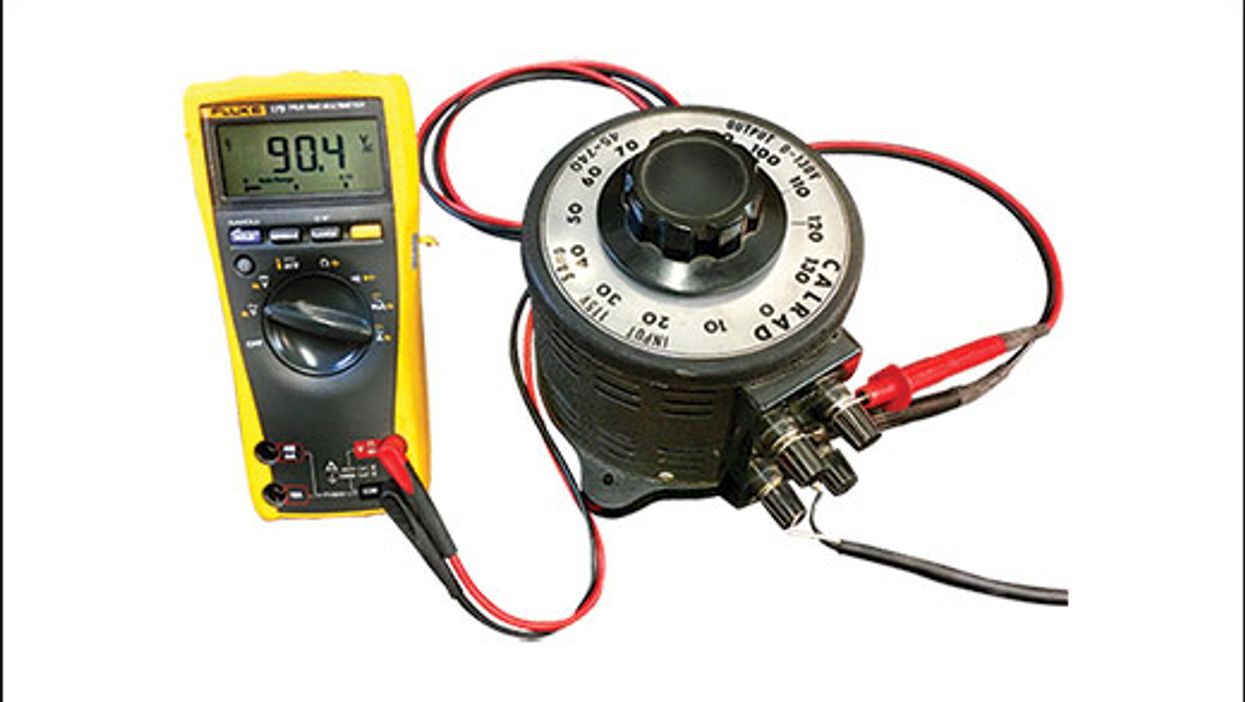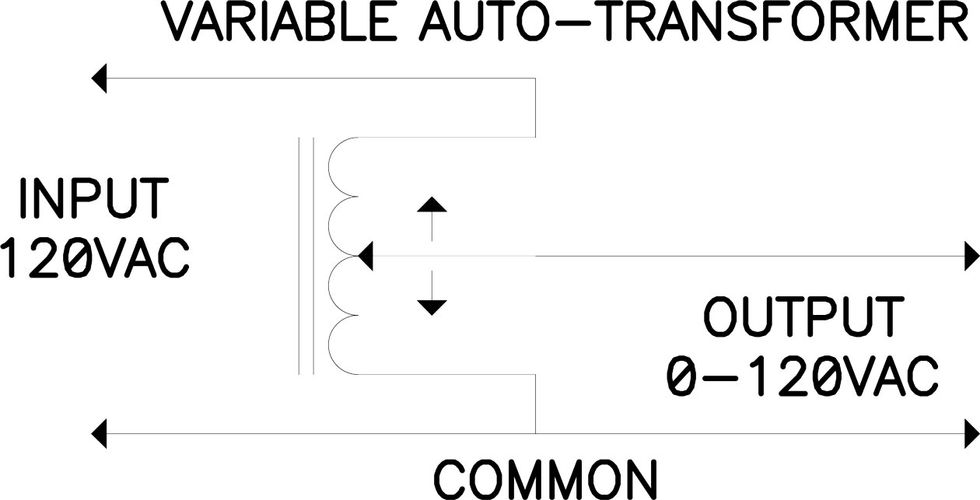Most of us have a favorite guitar—the go-to you always reach for out of love, convenience, or force of habit. In the past, whenever I played something that grabbed me—a guitar that whispered “let me be your go-to”—I’d take it home and do a little setup to get it just right. Change the strings, tweak the action, adjust the pickup height—just simple stuff, or so I thought. I soon discovered that my “fixes” turned the instrument into something I didn’t relate to anymore. Talking with other players, I’ve discovered this phenomenon is not unique to me. One wouldn’t think such mundane things could make or break a love affair with a guitar, but, as I’d learn over and over again, what drew me to the instrument on the rack should be well understood before I crack open the toolbox.
That said, I do have a guitar I can experiment on without fear or remorse. It’s a faded pink Esquire-style job with a no-name ash body and a ’68 Tele pickup (Photo 1). I put it together with assistance from my colleagues at Valley Arts Guitars, where I was employed from 1978 to 1983. This was my go-to for years, with occasional modifications along the way, including a new neck. On the control plate, the slot for the pickup switch morphed into a round hole for a mini-toggle I used to activate an onboard Dan Armstrong Orange Squeezer, which was popular at the time. Eventually the Squeezer outlived its usefulness and went away, along with the mini-toggle switch.
This guitar has proven largely immune to the dastardly things I’d done to it in the name of sonic progress, retaining its core personality regardless of playing style, regardless of amp. I often got compliments on the sound of my “pink Tele,” to which I would always reply, “Thank you ... and by the way, it’s an Esquire.”
This mutt had been mothballed for about 20 years, but recently I pulled it out for a fresh spin. I was surprised at how effortlessly it fit into my current stylistic convention (whatever that is), and what a blast it was to play! After riffing a while, I decided it sounded a little strident in the mids. Tempting fate, I opened the control cavity to see what was going on. Everything looked normal, except for some sloppy wiring and the number “180” on the volume pot engraved in my familiar, haphazard scratch. I put the pot on a meter and, sure enough, it measured 180k—a number you’ve probably never seen on a guitar volume pot. I realized this was likely causing the peaky midrange. After I installed a typical 250k pot, the mid peak shifted predictably, becoming less intrusive and inspiring me to pound away on it for another couple of hours.
After wearing out my feeble callouses, I felt it was time to do something about that hole on the control plate. I certainly had no interest in new onboard electronics, but I wanted something to make this instrument complete. I stumbled upon the solution while taking one last feedback blast for the day. Ever since I’d heard James Honeyman-Scott’s awesome use of feedback stutter on “Tattooed Love Boys,” I’ve found some way to weave that sound into my music. What my beater Esquire wanted was a kill switch! As amp builders, we buy a lot of switches and I’m always getting samples from our various suppliers. Digging around, I found a very cool Audi-style push-button ignition switch with a light touch. I connected it temporarily to try it out—it was perfect. I then drilled the first new hole in my Esquire in over 30 years (Photo 2). Once I had it back together, it was heaven.
While exploring the commanding tone and feel of this instrument, I rediscovered a life partner. But wiser now, I’m careful not to overdo the tinkering. As it turns out, my personal identification with this instrument still remains strong. At a recent trade event, an old acquaintance reminded me of a show I’d played with this guitar. “I still remember that pink Tele,” he proclaimed. To which I replied, “Thank you ... and by the way, it’s an Esquire.”




